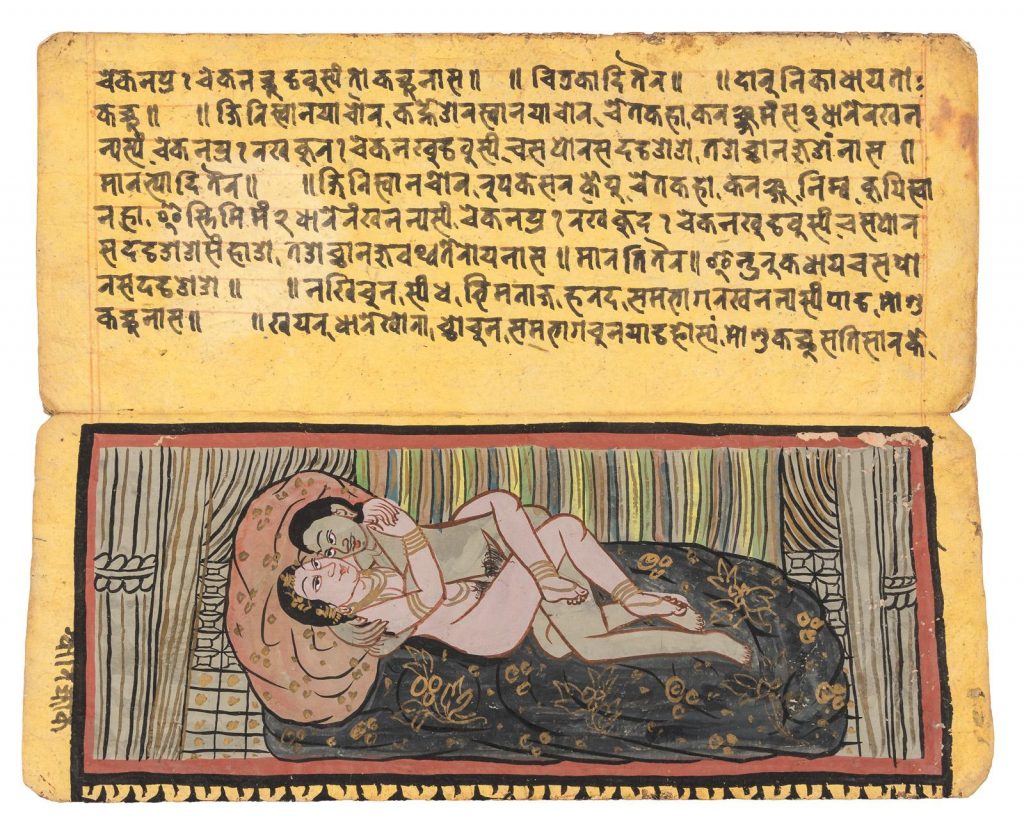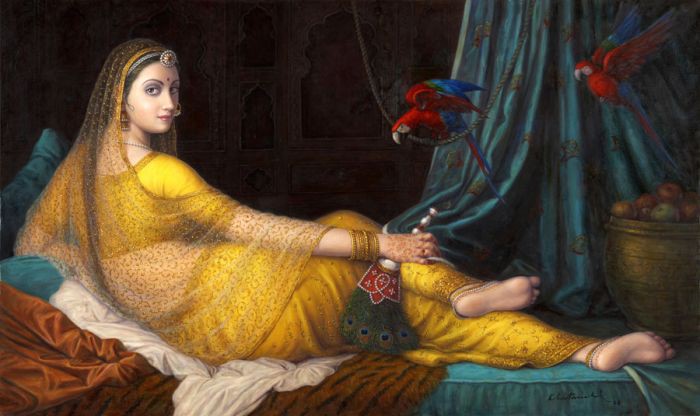Sex: Perceptions From Past To Present
Trigger Warning: This article mentions Sexual Assault.
Ancient India was seen as a pioneer of sex. A land where the historical art of love making was intertwined with religion, erotic literature, carvings and ornaments allowed and accepted by society and sexual desires, as well as openly acting on them, a way of life.
Yet, one when comparing this to the state of things in modern day India, the paradigm shift is unsettling. Subpar sexual education, treating sex as a taboo “hush-hush” topic, and being evasive about the birds and the bees are hallmarks of not only how the Indian junta treats the topic, but also a cornerstone of how other manifestations of power regard an act which, in it’s essence, is the purest emblem of human survival. Below, we shall explore these distinct worldviews in detail, and shed light over what really enacted this change in the Indian mindset.
Sex in Ancient India
The first name that pops into mind when reading the title is perhaps the “Kama Sutra”, and rightly so. The Kama Sutra, an ancient Sanskrit text, delves deep not into sexual positions but also concepts of emotional fulfillment, intrinsic as well as external relationships. It is regarded as a very progressive work for it’s day and age not only because of the level of detail about sex, and how it should be done, but also regarding feminism, how women should have the right to choose in a variety of cases in life, sexual or not. This also acts as an icon for how, in ancient India, the ideas of feminism and sexual liberation were deeply entwined, as we now realise should be the case in all avenues of society.
Another very interesting point is how, in most cases, the forms of media which explained sex were largely state funded. The monarch of a state often felt responsible for the sexual fulfillment of his subjects, and hence funded projects such as books which explained via written text how one could maintain a healthy sexual life, such as the Ananga-Ranga. It is also noteworthy that marginalized sections of the community were also kept in mind during this endeavor, as a lot of these books were also illustration based with little to no text.
There was also substantial proliferation of religious and caste boundaries during enactment of sexual activity. A popular example used to substantiate this claim was the game of “ghat kanchuki”, where a group of men and women used to meet at a chosen spot during the wee hours of the night, the women used to remove their cholis and put it in a box, and the men used to pick one choli out of the box. The owner of the choli was to be that Man’s partner for the night. Fascinatingly, there was an inclusion of all religions and castes in this game, and in such a manner, it superseded all religious texts that were paramount in those times.
Sex in the Modern World
While we talked about the proliferation of caste boundaries millenia ago by our ancestors, we also have the case of today, such as the recent heartbreaking case where students refused to eat food prepared by a woman belonging to the scheduled castes, and her subsequently being laid off for that reason. An exploitation which resulted in both her humiliation as well as financial turmoil.
Sex in the modern world, is nearly non-existent in the public sphere. Gone are the days of regarding this activity with it’s due respect, rather, sex is considered to be impure, and something which will ruin the youth of today. Because of this mindset, we as a community prefer to keep the topic under wraps, closing our eyes during the condom commercial on the television, refusing the youth proper sexual education, and being largely uncomfortable with the topic should it be brought up by anybody but our own partners, and in some cases, with our own partners too.
Hence, sex, in the socio-political context, has been reduced to a weapon of ridicule and secrecy. It’s used to malign an individual’s reputation, and propoganda that sexual impropiety equates a certain lack of morals, ethics and values is pushed down the throat of the Indian public. The Indian public, unfortunately, gobbles it up.
This propaganda can have, and has had, devastating effects. Rape apologists often use it to pin the blame of the horrific act from the intent of the comitter to the fashion sense of the victim, or simply suggest that if one is not in a place to reject such violence, they should try to enjoy it. At the same time, AIDS has also been a horrific killer ravaging the nation, with nearly 2.4 Million Indians struggling with the disease. These sad state of affairs could simply be remedied,or atleast bettered by proper sexual education, but sadly such a call has been to deaf ears. The Indian mindset today, is too set in it’s path, and has become rigid that sex, and not the lack of education around it, is the enemy.
What changed?
Hence, we see a very drastic development in the perception of sex. The catalyst? The British. Victorian ideas of sex, which of course, in accordance with Catholicism, view chastity as as a merit and largely frown upon sexual experimentation, were entrusted upon the Indian population during their time spent as a part of the British Empire. As is with many things left by the British, this ended up being a cornerstone of Indian society, trickling down from the higher social stratas to the lower, as they seeked to emulate their supposed “superiors” to achieve social mobility.
Yet, this does not substantiate these ideas, but simply explains their origins. In conclusion, one must assert their identity, and embrace a liberated view of this beautiful topic once again, and reject the colonial hangover which has captured our mind, and by extension our social dynamics, for the better part of a century.
Cover image source: medium.com
Author




